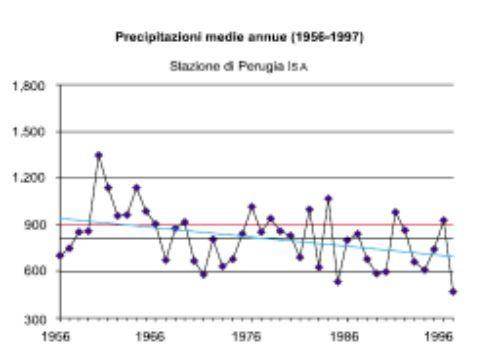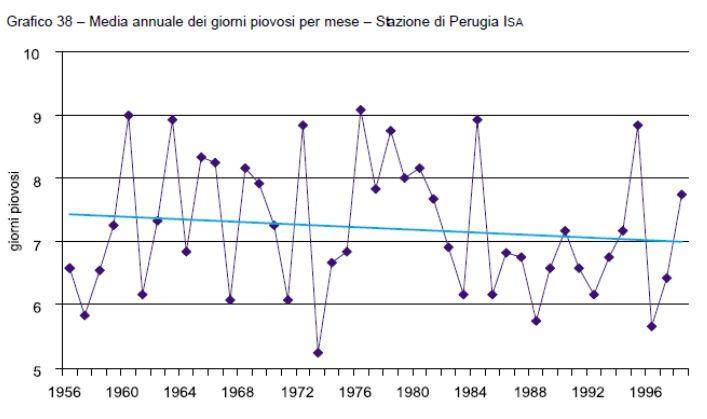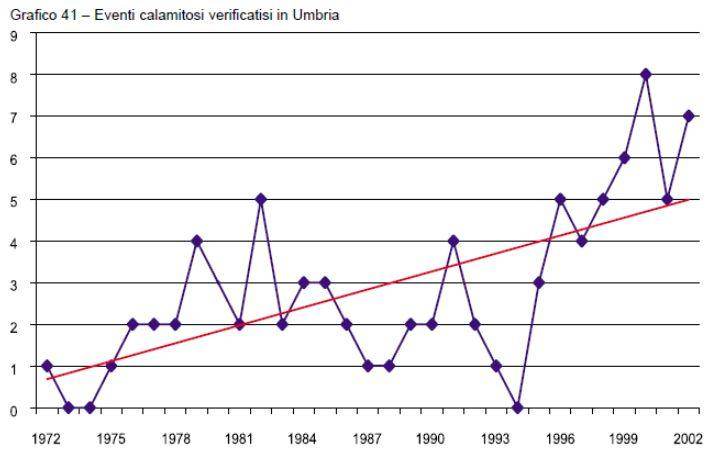




Italian "Permaculture addicted"




I have never met a stranger, I have met some strange ones.




Daniel Morse wrote:Dude, rain. Pray for rain. You have to have the moisture. How about greywater? But it is not usually enough for more than a garden. Great mins on this site. I am not sure where your located, but I was in Chile and they had dew nets. Harvesting water from the fog and dew?
Or land here is getting more dry as we speak. Luckly we had rain last night.
Good luck my friend.
Italian "Permaculture addicted"














Leila Rich wrote:Federico, I'd love to read about people's experience with dew ponds

That permies thread looks very encouraging!
Buried wood could be worth exploring: some people are modifying hugelkutur for arid climates. I know sourcing organic matter can be difficult, do trees get cut/chipped near you?

Italian "Permaculture addicted"




Just call me Uncle Rice.
17 years in a straw bale house.








Levente Andras wrote:Hi Federico,
Here are a few thoughts:
- I believe that earlier this year (winter and spring) there were heavy rains in many areas of Italy (it rained quite a lot in Le Marche, which is close to you). So you should really try and set up some type of water collection system such as a pond or swales - and do it urgently
- I saw that you attempted to grow wheat ... perhaps you should consider some other crop - something that is not sensitive to water shortage. Same for the mix of fruit trees. Have you thought of selecting species and cultivars that are less affected by dry weather ? (Persimmons come to mind...)
- I saw the aerial photo of your land... very open and sunny... in central Italy, that means total exposure to sun & heat, and fast evaporation. Perhaps you should plant more trees - of the kind that give a bit more shade, making sure that they are drought & heat tolerant. If I was in your place, I would try to transfrom some of the 7 hectares into woodland...


- I noted on your website that you sow perennial rygrass (Lolium perenne) among other green manures, but Lolium perenne is very sensitive to hot weather (=likes cool temperatures), and needs water. I don't understand why someone would even think of commercially selling this type of grass seeds in a relatively hot (and dry) country like Italy... You may need to re-think the mix of the plants you sow
- You mention mulching. When did you put down the mulch? In my experience it's best to mulch after / during the rainy periods, after the water has soaked in. It's less good to mulch when the soil has already started to dry out - and almost useless after the soil is already dry.
- How thick is the mulch? Again in may experience, mulch that is thinner than 10 cm (when fairly compacted) will not keep your soil from drying out at the high temperatures that you get in Italy in this period (over 30 Celsius). If I was in your place, I would put down 20 cm or more
- Do you mulch around the trees? You should...
Italian "Permaculture addicted"












Brenda
Bloom where you are planted.
http://restfultrailsfoodforestgarden.blogspot.com/




David Miller wrote:Is there any local initiative to plant trees throughout your valley? If not, no rains will ever return. Just saying, forests create rain. Swales and trees, all on the community level and you might just save your land from eternal drought. With small acreage with no rain, you have no control. Is your community full of farmers?




Idle dreamer




Tyler Ludens wrote:Here are some references to the biotic pump theory of rain: http://www.bioticregulation.ru/pump/pump.php
The action seems to be created by forests, not by scattered trees. The Mediterranean used to be heavily forested, so it probably used to be wetter and the moisture retained better in the soil. http://www.enotes.com/topic/Deforestation_during_the_Roman_period
Even if forests don't cause rain (evidence suggests they do) they help retain moisture more effectively in the landscape, so even if there were no greater amount of rain, it would be more effective in the presence of forests.












Levente Andras wrote:
I don't argue with the theory that forests cause rain (let alone that they contribute to better water management), but with the extent to which trees (or even a forest) planted on a fairly limited area can create rain that immediately benefits (= falls on) the same limited area.
Idle dreamer





Federico Carocci wrote: i need water ON my land , not UNDER....
Rose Pinder wrote: I think what you need is water WITHIN your land.













Idle dreamer




Just call me Uncle Rice.
17 years in a straw bale house.




Idle dreamer




David Miller wrote:Is there any local initiative to plant trees throughout your valley? If not, no rains will ever return. Just saying, forests create rain. Swales and trees, all on the community level and you might just save your land from eternal drought. With small acreage with no rain, you have no control. Is your community full of farmers?
Italian "Permaculture addicted"




Levente Andras wrote:
David Miller wrote:Is there any local initiative to plant trees throughout your valley? If not, no rains will ever return. Just saying, forests create rain. Swales and trees, all on the community level and you might just save your land from eternal drought. With small acreage with no rain, you have no control. Is your community full of farmers?
Hmm... Question is: has the valley been historically dryer than the surrounding area? For instance, if a valley is on the leeward slope of the hill / mountain, it can be drier because of a habitual "rain shadow". So I'm not sure that planting of trees will make the rains "return". As for "forests create rain" ... what do we know about this, in the context of Mediterranean climate? I'd be interested to learn about this, if you can point me to the relevant data. For now, I'm not sure... But I accept that the trees may create a more favourable microclimate, and perhaps aid water management in other ways.




Italian "Permaculture addicted"




Italian "Permaculture addicted"




Federico Carocci wrote:
David Miller wrote:Is there any local initiative to plant trees throughout your valley? If not, no rains will ever return. Just saying, forests create rain. Swales and trees, all on the community level and you might just save your land from eternal drought. With small acreage with no rain, you have no control. Is your community full of farmers?
WOW what a lot of reply! thanks to all!
so: there a lot of farmers in my community, all of them absolutely convinced that a good tree is a "cut-down" tree...so...shit happens.




Federico Carocci wrote:a lot of time since my last reply...lot of work, lot of sun.
so: the point is "shadow" and "swales".
as Tyler Ludens says: night temperature is too high for dew ponds; chemical analisys of the land says that we have a land with poor organic substance.
so i think that my goal is to provide a better shading system for my crops (maybe with walnuts, fig tree and so on...) using swales in order to stock water within the land.
do anybody can send me pictures of real productive orchad with swales? please...
wheat: i use triticum aestivum but isn't the right choice, maybe last year i use "gentil rosso" a local variety of wheat that is less susceptible in front of drought and micosis such "fusariosi"
maybe i snap some photo of the land in order to share the actual situation.




Please check me out. http://www.dandeliondreamspermaculture.com
http://www.dandeliondreamsfarm.com





| I agree. Here's the link: http://stoves2.com |






